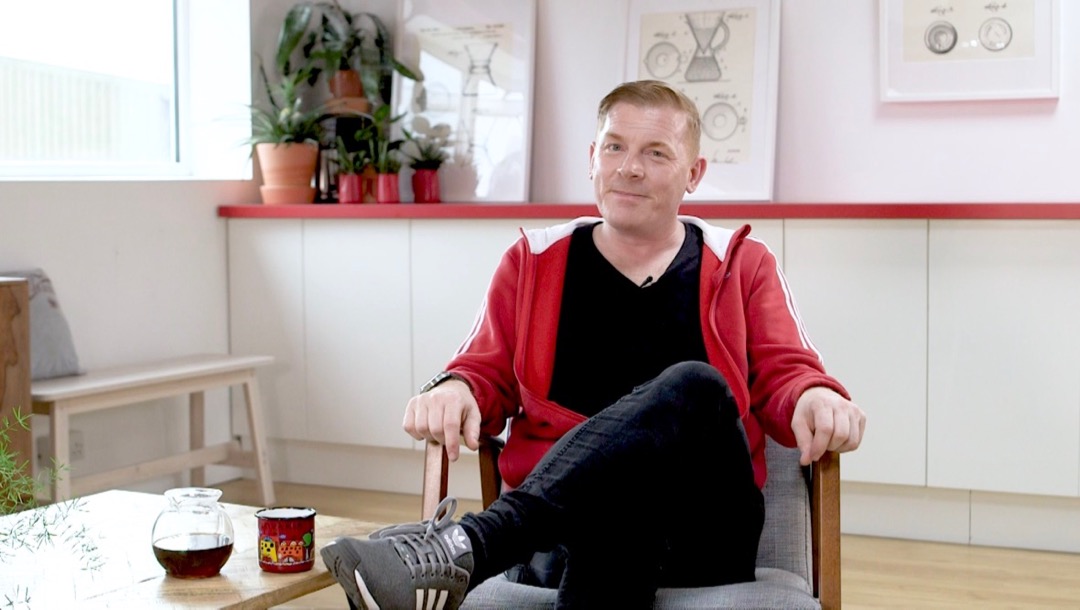
This is a coffee farmed by selected outgrowers and processed at the Frinsa Estate located in West Java, locally called Sunda. Frinsa is a farm that's about 110 hectares in size and sits between 1,300 - 1,600 metres above sea level.
They have a wetmill located at 1,400 m.a.s.l. as well as a well ventilated storage space and a dry mill which means they are in fully control of their product from harvest to grading, sorting and shipment. The coffee is dry fermented, soaked, pre-dried on raised beds and finished off on the patio.
Wildan and his wife Atieq started their first coffee project in Sindangkerta, Weninggalih area in 2010 which later became the main growing area at his farm Java Frinsa Estate. Since the first year of production, Wildan has aimed to focus on quality which requires meticulous attention and processes. While the majority of Indonesian producers are doing the wet hulled coffees, even for specialty, Wildan is focusing on the fully washed. Besides the quality, and social and economic impact for the community, I believe his coffee project will also have long term benefits for water conservation and reforestation in the area.
Frinsa Estate have 6 main growing plots spread out in the area and they buy cherries from a few selected outgrowers from the surroundings of the Estate.
Weninggalih : 60 hectare (plan for another 50 hectare expansion) Altitude is about 1,400 m.a.s.l. The cultivars grown are Sigararutang, Lini S795, Borbor, Timtim, Andungsari, Ateng Super, P88, Blue Mountain and Belawan Pesuma.
Mekarwangi: 10 hectare, altitude about 1,400 m.a.s.l. The cultivars grown are Typica, Sigararutang and Lini S795.
Tilu Mountain: 10 hectare altitudes about 1,600 m.a.s.l. The cultivars grown are Sigararutang, Lini S795, Borbor, Timtim, Andungsari, P88 and Kopyol.
Pengalengan: 20 hectare, altitudes about 1,500 m.a.s.l. The cultivars grown are Typica, Sigararutang, Borbor, Andungsari and P88.
Malabar Mountain: 5 hectare, altitudes about 1,600 m.a.s.l. The cultivars grown are Sigararutang, Lini S795 and Andungsari.
Garut: 4 hectare (in partnership with the local smallholder farmers) Altitudes is about 1,300 m.a.s.l. The cultivars grown are Sigararutang, Lini S795, Andungsari and P88.
Most of the coffees are fully washed but they do some wet-hulled and naturals, mainly for the local market. Their coffees are always separated in lots by field location, cultivar, and date of picking. The parchment are stored in plastic bags with LDPE liners
Through cooperation with a coffee research center they have been planting a lot of other different unknown cultivars, all separated by blocks in the farm. As the farm and the trees are still very young nobody knows how the flavour profile for many of these trees will come out, but how exciting is that?!
Harvesting: coffees are harvesting from May – September, with the main harvest from June- August. The coffees are picked and then hand sorted for unripe and diseased cherries.
Processing: after harvesting the coffees are dry fermented in small tanks 15-18 hours before they are rinsed and soaked under water for another 10-12 hours and washed under clean water.
Drying: they mainly dry on patio, but are investing in way more drying tables for the future. Currently most of the coffees are pre dried on beds for a day or two in green houses and then transferred to the patio. Drying can take 14-20 days, depending on the rain during the drying period.
Varietal: there's some disagreement on the exact history of the Sigarar Utang varietal, but it's become a popular one in Indonesia. It's thought to be a Catimor, descended from Hibrido de Timor (also the parent of many other catimors around the world and a natural Robusta-Arabica hybrid that was discovered in Timor).
Sigarar Utang roughly translates as Paid Debt and refers to the fact that the varietal starts producing a crop in only 18 months to 2 years rather than the 3 years typically needed for new coffee plants - so farmers can start to earn money back on their investment quickly. It's considered a semi-dwarf varietal - usually quite short but occasionally said to grow tall when left unattended.
In the cup it starts unexpectedly with the flavour of apricot yoghurt, before swinging into the more classic Indonesian flavours of dark chocolate digestive biscuit and a shoulder of peppery spice on the finish.
- Country: Indonesia
- Region: West Java
- Region: Weninggalih
- City: Sindangkerta
- Farm: Frinsa Estate
- Producers: Smallholder Farmers
- Varietal: Sigarar Utang
- Processing method: Fully Washed
- Altitude: 1,300-1,600 m.a.s.l.
Clean cup: (1–8): 6
Sweetness: (1–8): 6.5
Acidity: (1–8): 6
Mouthfeel: (1–8): 6.5
Flavour: (1–8): 6.5
Aftertaste: (1–8): 6.5
Balance: (1–8): 7
Overall: (1–8): 6
Correction: (+36): +36
Total: (max. 100): 87
Roasting Information
Medium dark - through first crack and all the way up to the cusp of second crack and drop before it really starts to get going.
"Quick Look" Guide
Apricot yoghurt, dark chocolate, digestive biscuit, pepper.
More Episodes
 2020-08-01
2020-08-01
 2020-07-25
2020-07-25
 2020-06-27
2020-06-27
 2020-06-06
2020-06-06
 2020-05-09
2020-05-09
 2020-04-18
2020-04-18
Create your
podcast in
minutes
- Full-featured podcast site
- Unlimited storage and bandwidth
- Comprehensive podcast stats
- Distribute to Apple Podcasts, Spotify, and more
- Make money with your podcast
It is Free
- Privacy Policy
- Cookie Policy
- Terms of Use
- Consent Preferences
- Copyright © 2015-2024 Podbean.com






